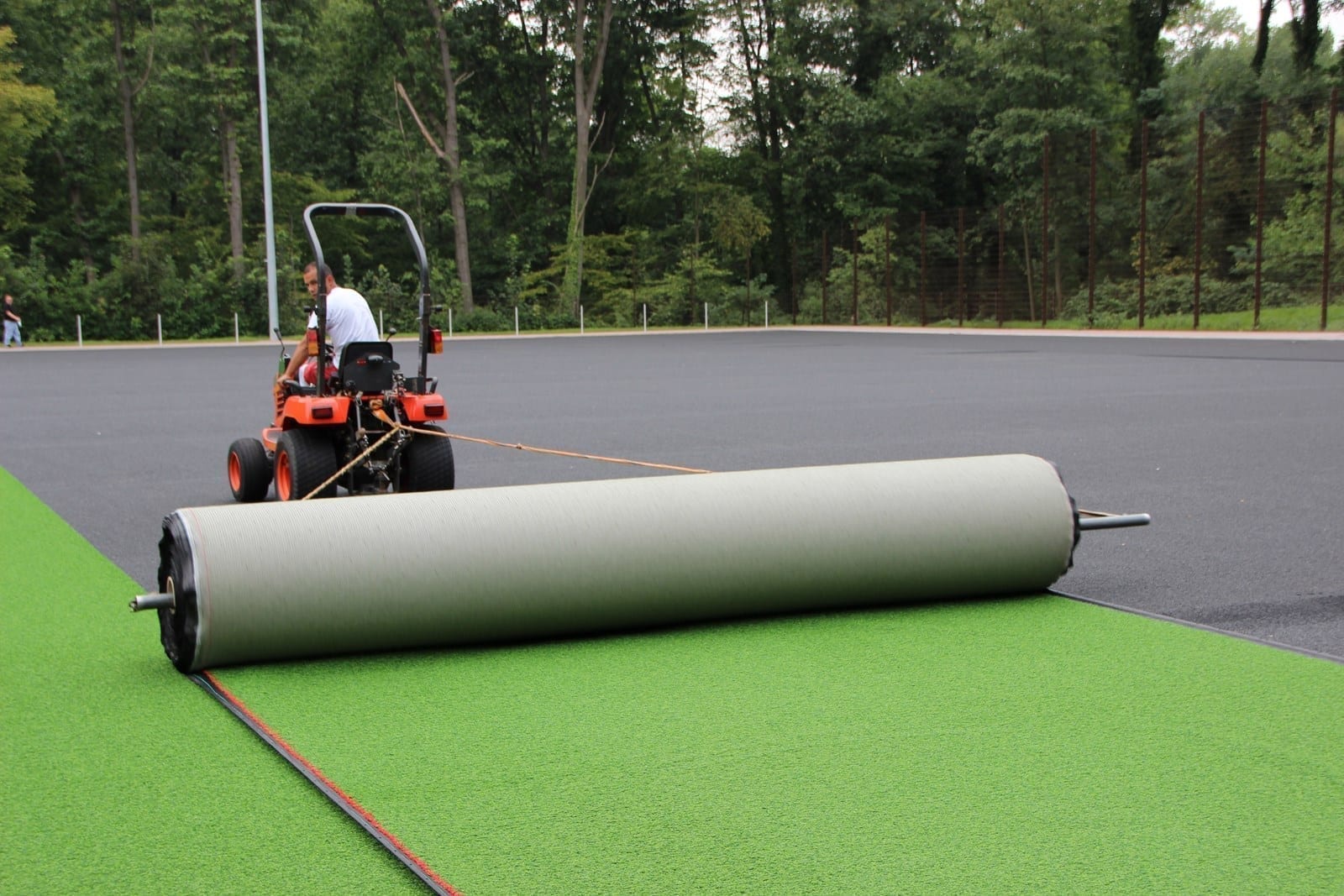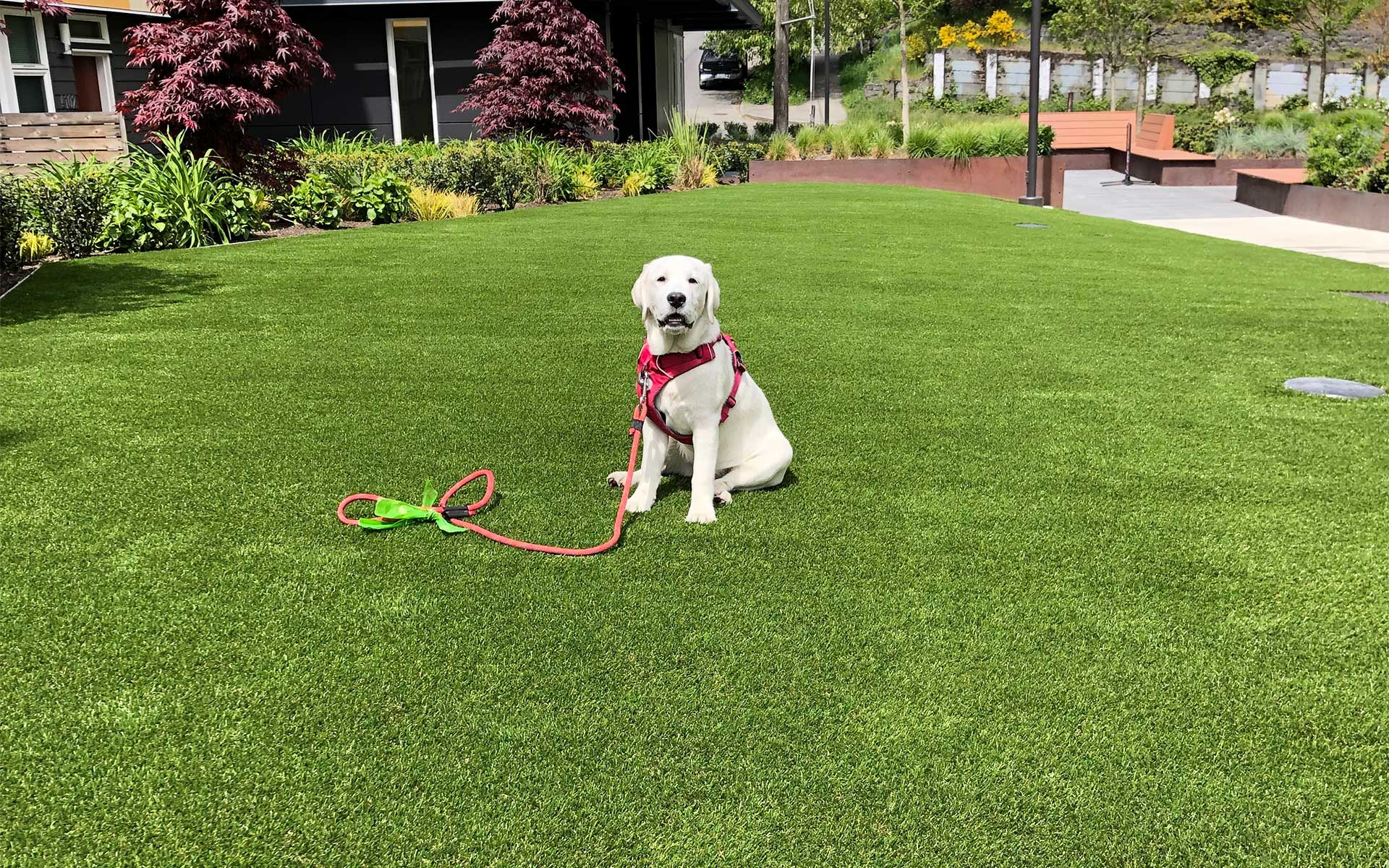Premium Arizona Turf Installation Solutions for Homes and Commercial Properties
Premium Arizona Turf Installation Solutions for Homes and Commercial Properties
Blog Article
Explore the Environmental Conveniences of Opting for Synthetic Grass Solutions
The adoption of synthetic grass services offers a compelling possibility to address pressing environmental obstacles. By dramatically reducing water usage and lessening the application of dangerous chemicals, these options not only promote lasting landscaping however likewise secure regional environments. In addition, the reduced carbon impact connected with reduced maintenance activities contributes to an extra lasting method to land monitoring. The effects of these benefits expand beyond plain preservation initiatives, raising questions regarding their lasting influence on environment preservation and overall environmental balance. Checking out these dimensions discloses a complex interaction worth considering.
Water Preservation Perks
One of the most significant benefits of artificial turf is its capability to save water. In comparison, fabricated grass does not require watering, considerably reducing the total demand for water sources.
By getting rid of the requirement for regular watering, synthetic grass adds to lasting landscape techniques and helps alleviate the ecological influence of excessive water consumption. Additionally, the preservation of water reaches the reduction of runoff, which can result in dirt erosion and river pollution.
In addition, the setup of fabricated turf enables municipalities and homeowners to designate water resources more efficiently, focusing on crucial uses such as drinking water and farming. The change towards synthetic grass not only promotes liable water use but additionally aligns with more comprehensive ecological goals intended at maintaining natural resources.
As areas significantly focus on sustainability, the water conservation benefits of synthetic grass offer an engaging situation for its fostering in commercial and residential landscaping jobs.
Minimized Chemical Use
The transition to synthetic grass significantly lowers the dependence on chemical treatments typically used in all-natural grass upkeep. Standard turf administration generally involves the application of chemicals, herbicides, and fertilizers to promote growth and control bugs. These chemicals can position threats to human health, regional wildlife, and the environment, adding to dirt and water contamination.
In comparison, fabricated turf gets rid of the demand for these hazardous materials. By decreasing the launch of artificial substances right into the ecosystem, artificial turf promotes much healthier dirt and water systems.
Furthermore, the absence of chemical drainage connected with synthetic grass installments helps protect neighborhood waterways from pollution, sustaining aquatic life and preserving biodiversity. Arizona artificial turf. As communities progressively focus on sustainable practices, selecting man-made turf presents a sensible remedy that straightens with environmental conservation goals. Via this shift, homeowner can appreciate rich eco-friendly spaces without compromising eco-friendly health, paving the method for a more lasting future
Lower Carbon Footprint

Additionally, the setup of synthetic grass can lead to substantial water preservation. All-natural grass require substantial quantities of water for irrigation, which not only contributes to the carbon impact related to water removal and treatment yet additionally stress neighborhood water sources. In contrast, fabricated lawn needs very little maintenance, calling for no watering, consequently dramatically minimizing water use and its linked power costs.
In addition, the long life of synthetic grass adds to its lower carbon effect. With a life-span of as much as 15 years or more, the demand for regular replacements is diminished, causing much less waste and reduced energy intake in manufacturing and getting rid of typical lawn options. Generally, synthetic turf offers a lasting option for ecologically conscious landscaping.
Environment Preservation
Habitat conservation is an important factor to consider in the debate over landscape design choices, especially when contrasting look at more info fabricated lawn to natural yard. Natural grass yards typically require extensive upkeep, including making use of plant foods, chemicals, and herbicides, which can negatively affect neighborhood ecological communities. These chemicals can seep right into the dirt and rivers, damaging indigenous plants and animals and disrupting local environments.
Fabricated grass gets rid of the need for damaging chemicals, consequently protecting nearby wildlife and maintaining the stability of bordering environments. The installment of synthetic turf can lead to the conversion of previous grass locations right into even more biodiverse landscapes, such as pollinator gardens or indigenous plant areas, which can support local wild animals.
Inevitably, the change to man-made grass not just saves water and decreases upkeep efforts yet additionally cultivates a more harmonious partnership between human activities and the native environment, advertising environment preservation while doing so.
Long-Term Sustainability
Lasting sustainability is a critical consider evaluating the benefits of synthetic grass over standard lawn yards. One of one of the most considerable benefits of synthetic grass is its durability; it can last up to 15-20 years with minimal upkeep, whereas why not find out more natural grass calls for constant reseeding and replacement. This long life reduces the demand for continuous resources, such as water, plant foods, and pesticides, which are important for preserving a healthy grass yard.
Furthermore, synthetic grass contributes to a decrease in carbon emissions connected with grass treatment their website devices. Typical yards commonly call for gas-powered mowers, trimmers, and blowers, every one of which contribute to air pollution. Arizona turf. In contrast, fabricated lawn gets rid of the demand for such devices, advertising a cleaner atmosphere
Furthermore, the manufacturing of fabricated turf significantly makes use of recycled products, boosting its sustainability profile. As makers take on eco-friendly practices, the environmental impact of synthetic grass remains to diminish.

Final Thought
The fostering of fabricated turf remedies offers substantial ecological advantages, including significant water preservation, decreased dependence on unsafe chemicals, and a reduced carbon impact. Fabricated lawn help in maintaining all-natural environments by minimizing land disturbance and advertising lasting sustainability via the use of durable materials. Jointly, these aspects highlight the potential of synthetic grass to contribute positively to ecological health and supply a feasible choice to conventional landscape design practices in an increasingly resource-conscious globe.
In comparison, man-made lawn does not need watering, substantially lowering the general demand for water sources. By reducing the release of artificial substances into the environment, synthetic lawn advertises healthier soil and water systems.
In addition, the installment of synthetic grass can result in considerable water conservation. In comparison, fabricated grass needs minimal maintenance, requiring no watering, thereby considerably lowering water use and its associated power expenses.

Report this page